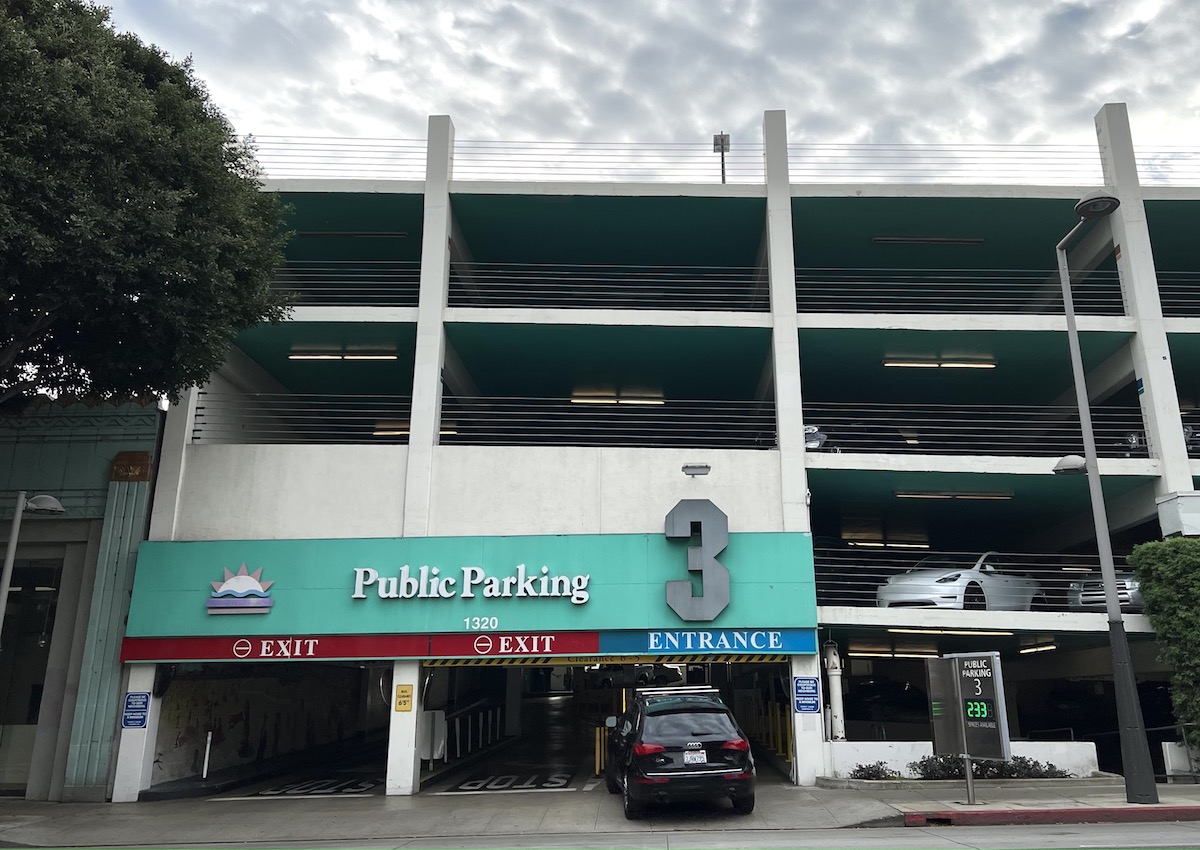
Ever since the California Energy Commission adopted a new solar panel requirement for new homes sold in 2020 and beyond, the edict has been under concerted attack.
“This forced mandate represents an extraordinary regulatory overreach,” lamented Jon Coupal, president of the Howard Jarvis Taxpayers Assn. and self-anointed consumer advocate. “Future homebuyers,” he added, “are the real losers…The other loser is the principle of free enterprise.”
But consumers won’t lose in this, despite the complainers’ gripe that putting solar panels on new housing will add about $9,500 to the cost of each new home. The Energy Commission calculates that while its rule will add about $40 to the average monthly payment on new housing, it will also save an average $80 a month in electric bills, for a net gain of $40 a month to the new homeowners.
And their actual gain might be far greater. For most new housing in California these days is built inland, far from the coastal strip where weather is coolest. Because air conditioners often run steadily there at least six months of every year, power use for basic household functions is much higher inland than along the coast.
Add to this the steady increases in electric rates perpetually demanded by utilities and the usual aquiescence of the state Public Utilities Commission in granting them, and the benefits of solar figure to get higher each year. For solar power will cost the new home buyers very little beyond the original expense and they won’t have to worry about price increases that will afflict other homeowners.
This does not mean the solar mandate is perfection. Immaculate has rarely been a word to describe the Energy Commission, whose dealings on hydrogen refueling stations, for just one example, have been rife with conflicts of interest.
So yes, the new rule benefits builders and solar panel suppliers, adding to their profits. It also helps labor unions, whose members will get added work.
But the new mandate will not aid only the new home buyers, who will likely have to meet slightly higher standards to get mortgages. It will also benefit all consumers. Here’s how:
Putting solar photovoltaic panels atop as many as 80,000 new roofs each year (the approximate average number of new homes built in California in each of the last five years) will eliminate the need for the equivalent of one new solar thermal farm in the California desert each year. Costs of those facilities are usually borne by private companies, who recoup their investment by selling power to the big utilities.
The utilities often then build hundreds of miles of transmission lines to fetch power from those solar farms in desert areas, adding billions of dollars yearly to their rate base. All customers foot the bills for that, while the utilities get a guaranteed profit on this use of consumer money, usually about 14 percent yearly for 20 years.
Solar thermal plants, then, are a bad deal for everyone but the companies that own them and the utilities that exploit them. Anything that eliminates need for those plants is good for every consumer in the state.
All that is entirely aside from the environmental benefits of adding large amounts of solar power annually to the state’s supplies, thus helping meet California’s 2030 goal of getting 40 percent of its energy from renewable sources like hydro-power, geothermal, wind – and solar.
And yet, there remains the problem of home prices. California’s median price of about half-a-million dollars for an ordinary house has driven away more than 500,000 low-income families over the last 11 years, says a study commissioned by the Next 10 public policy non-profit group.
To mitigate the added cost solar will bring at mortgage-application time, what’s needed is a sliding-scale state solar subsidy based on income. (The new rule already includes subsidies for adding battery storage to solar systems on new homes.) This should be built into home-purchase paperwork, with the money going directly to sellers and thus cutting some of the added $40 in mortgage payments.
This is about all that needs to be added for this mandate to become one of the best public policy decisions California has seen in decades.













